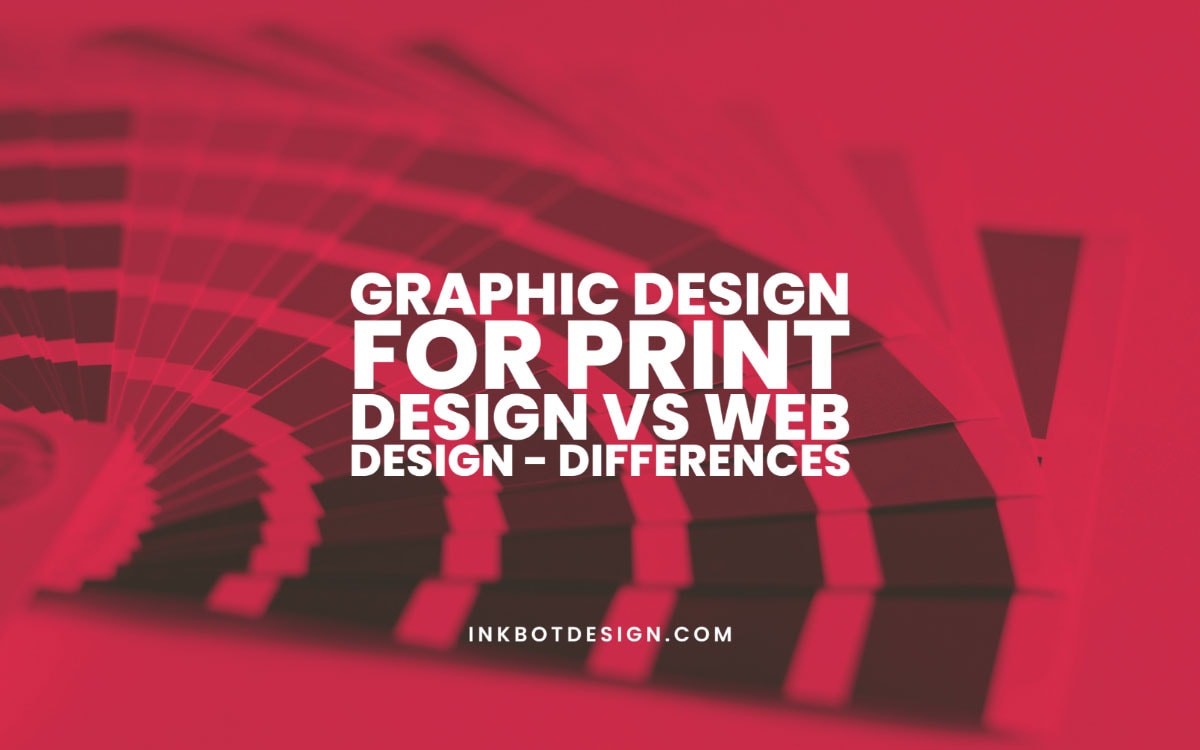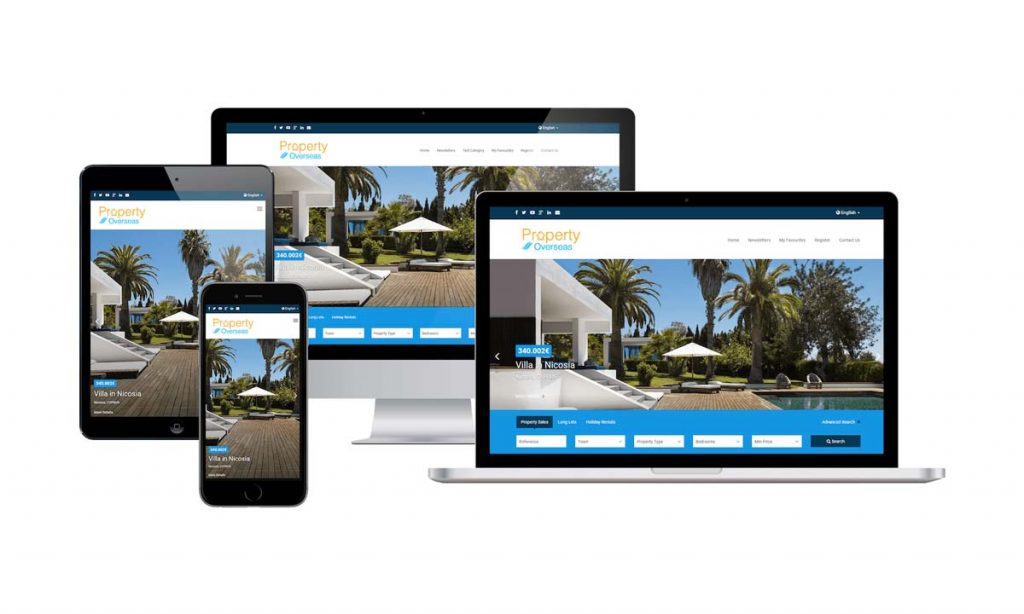
22 Apr Graphic Design for Print Design Vs Web Design – Differences
Graphic Design for Print Design Vs Web Design – Differences
Studies have shown that the human brain processes images up to 60,000 times faster when compared to written text.
This is the primary reason why graphic design has always represented one of the mainstays of any successful marketing strategy.
However, we are now living within a fully integrated digital age. While there is no doubt that printed advertisements and branding are still valuable assets, graphic design has now fully taken hold of the virtual domain.
What are the differences between these two approaches?
This is an important question to ask, as deciding upon which method is the most appropriate is crucial for any business that hopes to take full advantage of the options at its disposal.
Let us examine some interesting disparities between traditional printing and graphic design intended to address elements within a website.
Modern Graphic Design Options at a Glance: What are the Main Differences?
Before discussing some unique differences, it is wise to address this topic with a handful of broad strokes.
We can break down the art of graphic design into two primary categories:
- Design intended for physical media such as newspapers, magazines and brochures.
- Designs engineered for the virtual domain (email newsletters, flash-based websites, digital images, and HTML-relevant documents)
The main takeaway point here is that where you will place the media often determines its unique characteristics and the approaches that need to be taken during the graphic design process.
Let us now examine some interesting differences between the two options mentioned above.
How Viewers Interact with the Media in Question
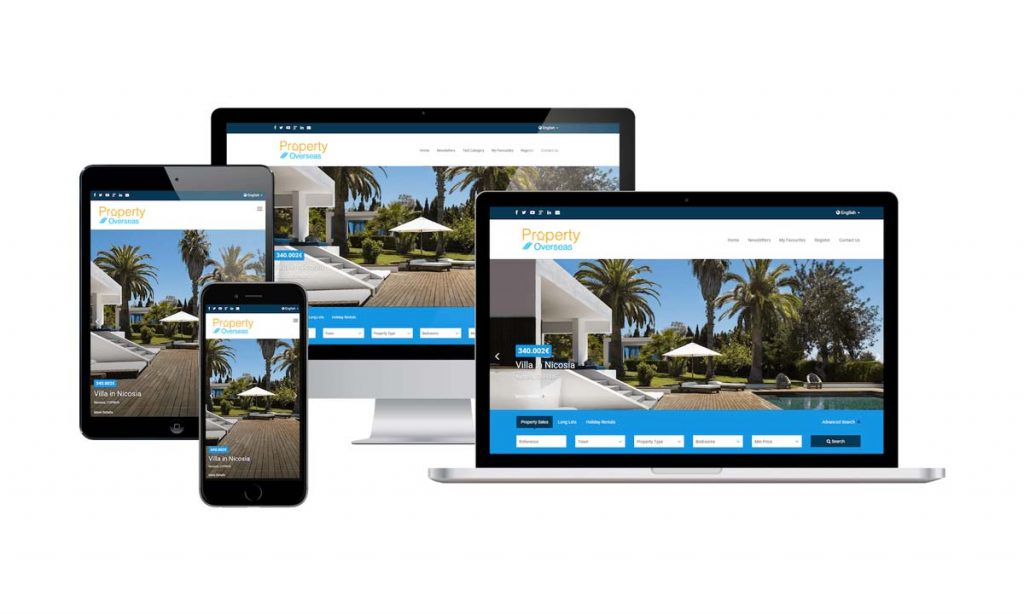
Perhaps the most obvious difference between these two approaches involves how end-users interact with the design elements themselves.
In other words, viewing images or information found upon a piece of paper is fundamentally different when compared to the interactive experiences associated with web design.
How images are viewed can often have an impact on the future decision-making process. This is why businesses frequently employ both methods to appeal to a much wider target audience.
Sensory Engagement
Images, branding, colours, and typography are all intended to resonate with the user in question.
This is ultimately intended to leave a lasting impression. The viewer chooses to take some additional action (such as bookmarking a page, requesting more information or proceeding to make a purchase).
One interesting observation here is that printed designs may add a higher level of tactile engagement using raised lettering or embossing options.
This is in direct contrast to web design which primarily relies upon moving images, videos and embedded hyperlinks.
Static or Dynamic?
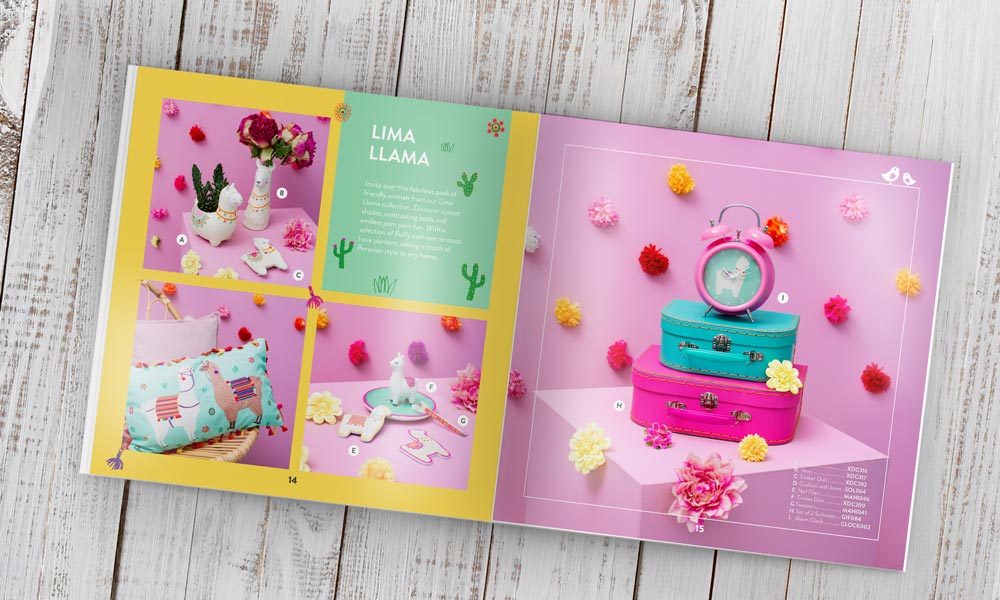
It should already be evident that graphic design for print usually is relatively static in nature. For example, formatted branding through large format printers can create complex elements, yet the result is static.
Any subsequent changes which need to be made will require entirely new copies to be made.
Graphic design intended for online purposes is much more dynamic in nature.
You can tweak images. You can switch fonts with the click of a button. You can resize pages, and the content itself can be updated within seconds.
This can sometimes present a challenge for web design experts, as they will always need to remain one step ahead of the curve to ensure that the material itself is fresh and relevant.
Other issues such as functional coding and mobile-friendly templates may likewise present hurdles.
Navigating through a standard printed form is relatively straightforward due to the limited amount of information that is being presented.
However, the layout still needs to be straightforward to capture (and maintain) the reader’s attention.
The majority of printed material intended for marketing purposes is decidedly brief regarding the contained information.
Online graphic design must place a greater emphasis upon its user-friendly nature.
This is arguably the main reason why menus have become such a necessity today.
As much more information can be presented at any given time, streamlined navigation is crucial. Some other elements which will affect usability include:
- Images that will display correctly on mobile devices.
- Long-scrolling text formats.
- The ability to zoom in or out.
- One-click actions thanks to the presence of hyperlinks.
The complex nature of graphic design for online campaigns dictates that you may require a significant amount of expertise.
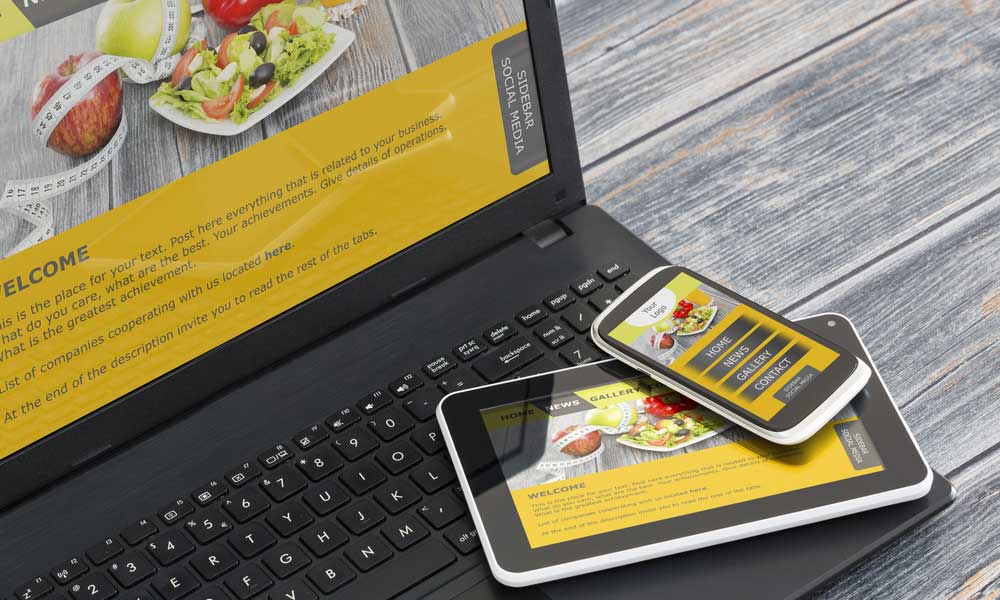
The Notion of Digital Compatibility
The concept of a mobile-responsive design was briefly mentioned earlier, and we should emphasise this point to a greater degree.
One element of graphic web design involves cross-platform compatibility. We are not only talking about smartphones in this sense.
Designers must make sure that any media will display correctly across multiple browsers and operating systems.
This software-agnostic approach is the best way to avoid any interactive limitations. Let’s also remember that a design that fails to display correctly (or does not load at all) can be detrimental to a brand’s image.
This is one of the areas which is usually not a concern when referring to graphic design for printed material.
Once the substrate is selected (such as the type of paper stock to be used), the designs are created within the physical world. The only possible limitation involves the number of copies that you can distribute at any given time.
Layout
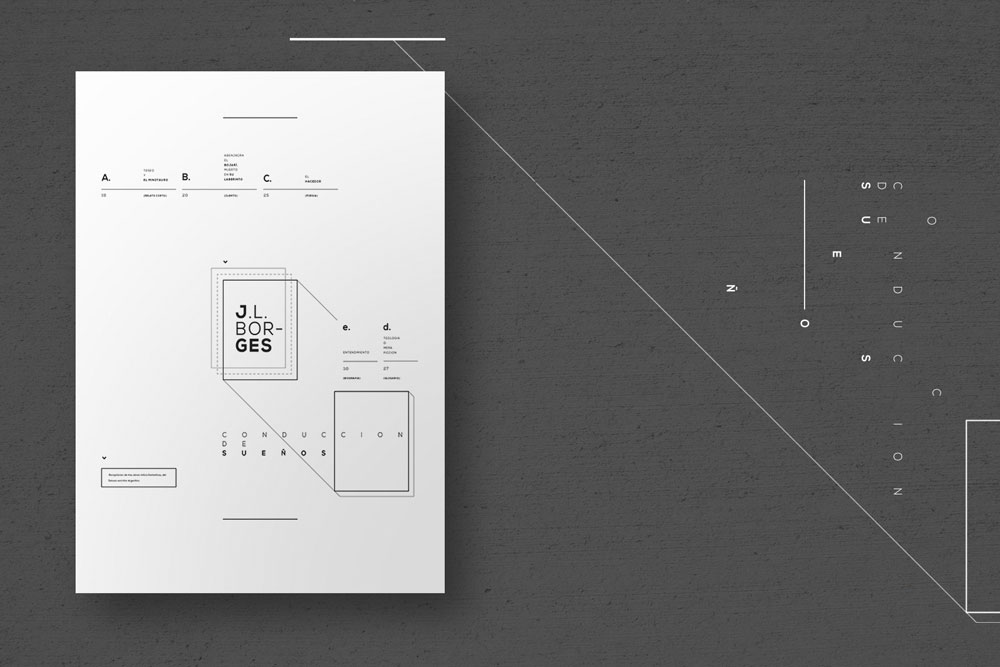
The layout of any design represents one of its most critical components. There are two main takeaway points to highlight:
- You must present the message correctly.
- It should be displayed concisely and coherently.
Having said this, both graphic website designs and printed materials still share many factors in common.
Variables such as font sizes, typefaces, shapes, logos, lines, and colours are present. Furthermore, experts will need to combine these variables in such a manner as to capture the attention of the viewer.
However, one potential difference involves the constraints often associated with the design processes themselves.
Printed media can often be affected by margins, resolution and image complexity.
Web design is generally more flexible in terms of the available options. Changes can be quickly made when updates are needed to address a malleable marketing campaign.
Possible Design Limitations
We can see another difference between these two approaches in certain physical limitations.
When referring to printed designs, this often comes in the form of the size of the printing surface. For instance, it is always possible to present more information on a standard A4 template when compared to a business card or a brochure.
Marketing professionals may therefore have to distil a specific amount of information to highlight the main takeaway points.
Of course, it can also be rather expensive to print up hundreds or thousands of pages. This could be challenging if a business is forced to adhere to strict budgetary guidelines.
The notion of space is generally more abstract within the virtual domain.
Size is often measured by the dimensions of a display screen or the available area within a website page.
While this is beneficial, we need to remember that developing a scalable format can be tricky.
Images and media must be able to accommodate virtually any display dimensions without sacrificing quality or functionality.
This is one reason why the creation of highly streamlined campaigns is often left in the hands of experts.
Different Marketing Channels to Select
One of the traditional limitations that have always been associated with printed media involves how you can distribute it to end-users.
Common examples include flyers, opt-in mail services, newspapers, magazines, business cards, posters, and brochures.
The main problem here is that large-scale printing could cost much money. Furthermore, it usually is only possible to reach a specific target audience within a discrete geographic location.
Many experts will argue that this is also the main advantage of graphic design within the online community.
It is now possible to tap into multiple different sales channels within seconds.
Standard portals that mainly cater to graphic marketing campaigns include Instagram, Facebook, Twitter, and Tumblr.
The number of possibilities is likewise growing on an annual basis. This is excellent news for any firm hoping to reach what can only be called a virtual unlimited audience.
As the costs associated with digital graphic design packages are also flexible, these are often the most economically viable solutions.
Codecs and File Types
There are very few compatibility issues associated with printed media.
Only a handful of concerns need to be considered before and during the design process.
Examples include the types of large format printers that are the most suitable, how many copies need to be made, the approximate price of each copy, and how to distribute the end products to the right audience. Graphic web design is slightly more complicated.
Designers will often have to consider the type of codec (image file) created well in advance. This is critical, as some file types will not display correctly on specific operating systems (Apple versus Windows is a good example here).
Some of the most common web-only formats in existence include:
Interestingly enough, graphics intended to be printed on physical objects are slightly more flexible regarding file types.
JPEGs, PDFs, EPSs, and PNGs are all viable options. TIFF is the only file type that has been designated for print alone.
We can now see that users have slightly more options when printing physical materials than designing media intended to be posted within the virtual community.
The good news is that you can use many of these files for both online and offline projects.
Colours and Fonts
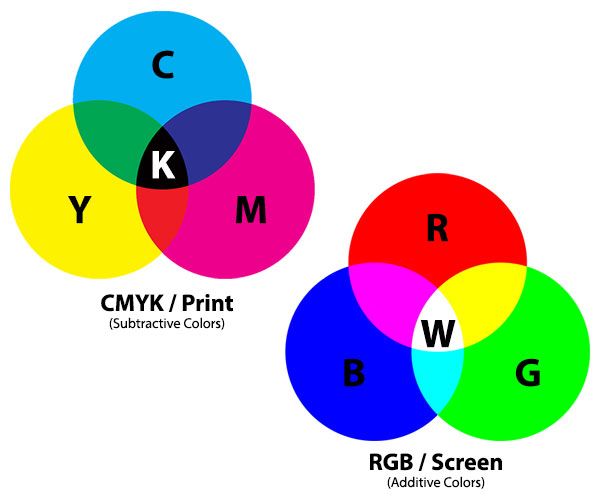
We can see one lesser-known difference between graphic web design and standard printing in the type of colour combinations that are employed.
Physical presentations will use the CMYK (cyan, magenta, yellow, and black) system.
Online presentations employ the RGB (red, green and blue) framework. What is the difference between these two approaches?
Perhaps the main concern is how on-screen colours will display when physically printed. This is important when sharing a template that is intended to be used online and offline.
Another possible confounding factor is that colours will often display differently concerning what type of screen is used for viewing (some configurations such as AMOLED models offer more clarity and vibrancy than others).
If a graphic design generated in the online community needs to be printed, professionals will often need to undergo a “proofing” process that analyses the desired output.
This can help to highlight any display issues that could require rectification.
The Associated Technology
Finally, the types of technology utilised to address each of these processes can be vastly different. Many web design professionals will employ bundles such as:
On the other hand, physical printing will typically depend upon the quality of the printer selected to address a specific project.
Birds of a Feather
It is now clear that there are many differences between the graphic design techniques used to create physical materials and those revolving around digital media creation.
Each of these is important to appreciate when making any marketing decision. However, their intentions are nonetheless the same.
Both methods have been engineered to provide targeted graphic design solutions that you can mould around the customer’s needs in question.
Also, either option will often be outsourced to trained professionals so that quality is never compromised. Regardless of the final decision, each will offer up some fantastic solutions.
Author Bio: Greg Tuohy is the Managing Director of Docutec, a managed print service business based in Ireland. Being part of the Cantec Group, Greg has helped many businesses throughout the country with graphic design for print design and web design.
